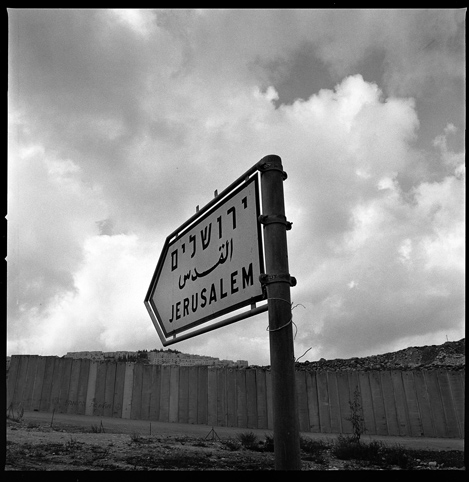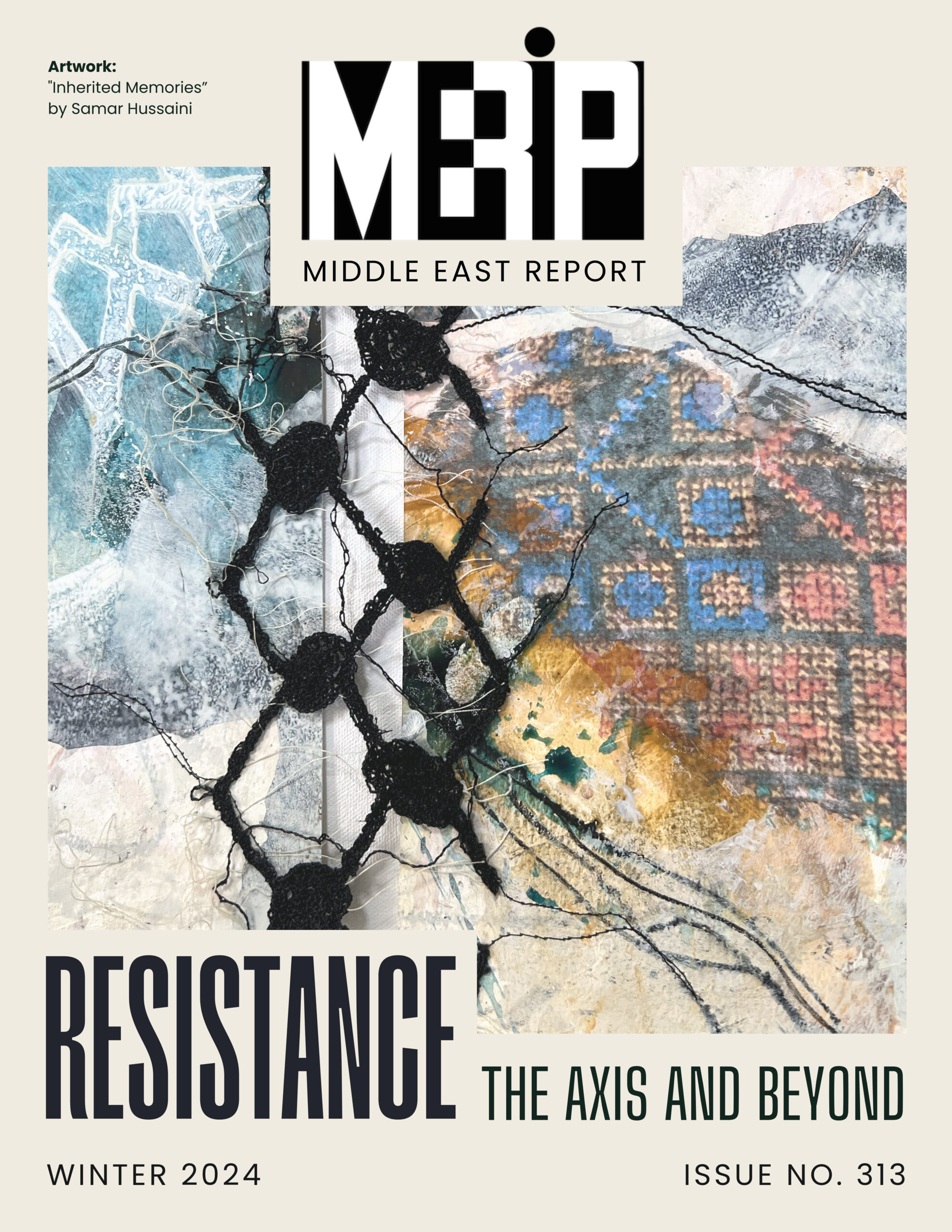IN THIS ISSUE:
Activism Under the Radar
Foot Soldiers of the Islamic Republic’s “Culture of Modesty”
“Simplicity has disappeared,” laments Minoo Shahbazi, energetic at 50, and animated in the cheap manteau and black scarf she wears beneath her chador. Look at her 16-year old son, she says: “He likes to wear famous brand-name clothes. Obviously, I do not agree. He is very different from me.”
The Islamic Republic’s Failed Quest for the Spotless City
It is characteristic of modern social revolutions to seek moral improvement of the population, as well as redress of the injustices of the ancien regime. In 1794, Paris echoed with calls to “righteousness”; in 1917, the Bolsheviks denounced the bourgeois decadence of the czarist era. For Ayatollah Ruhollah Khomeini and other clerical leaders, the Islamic Revolution of 1979 was not only a seizure of political power, but also the moment of revival of Islamic morality, which had been systematically weakened by the secular Pahlavi regime. The clerics set out to build in Iran “a spotless society.” [1]
Baluchistan’s Rising Militancy
Baluchistan, a region long associated with instability and armed conflict, straddles the borders of Iran, Afghanistan and Pakistan. Pakistan is home to the largest number of Baluch, at 5 million, and the largest province of Baluchistan, at 43 percent of the country’s land mass. In Iran, the Baluch, who are mainly Sunni Muslims, share the province of Sistan and Baluchistan with ethnically different Persians and Sistanis, who are mainly Shi‘i Muslims. There are Shi‘i Baluch, as well, living in Makran, as the southernmost part of the province is known, especially in a region called Bazman. The province comprises 11.5 percent of Iranian land and has around 2.5 million inhabitants, around 4 percent of the national population.
CURRENT ANALYSIS
Slouching Toward a Hot War
The odd, improbable Manssor Arbabsiar story is back, in prepared Congressional testimony by Director of National Intelligence James Clapper asserting that the alleged scheme “shows that some Iranian officials — probably including Supreme Leader Ali Khamenei — have changed their calculus and are now more willing to conduct an attack in the United States in response to real or perceived US actions that threaten the regime.”
A Year After Tahrir
Up with Friction
On the first anniversary of the January 25 revolution in Egypt, it is right and meet to shine light upon a figure who is shadowy and obscure in mainstream retrospectives: the striking worker.
LATEST ISSUES
FEATURED PRIMER

Primer: Palestine-Israel
Read the newest iteration of MERIP’s Palestine primer. Published in March 2025, and updated to reflect developments in the ten years since our previous primer, it provides an overview of key actors, organizations, historic events, political developments and diplomatic initiatives that have shaped the status and fate of Palestinians and the State of Israel from the late nineteenth century to the present.


